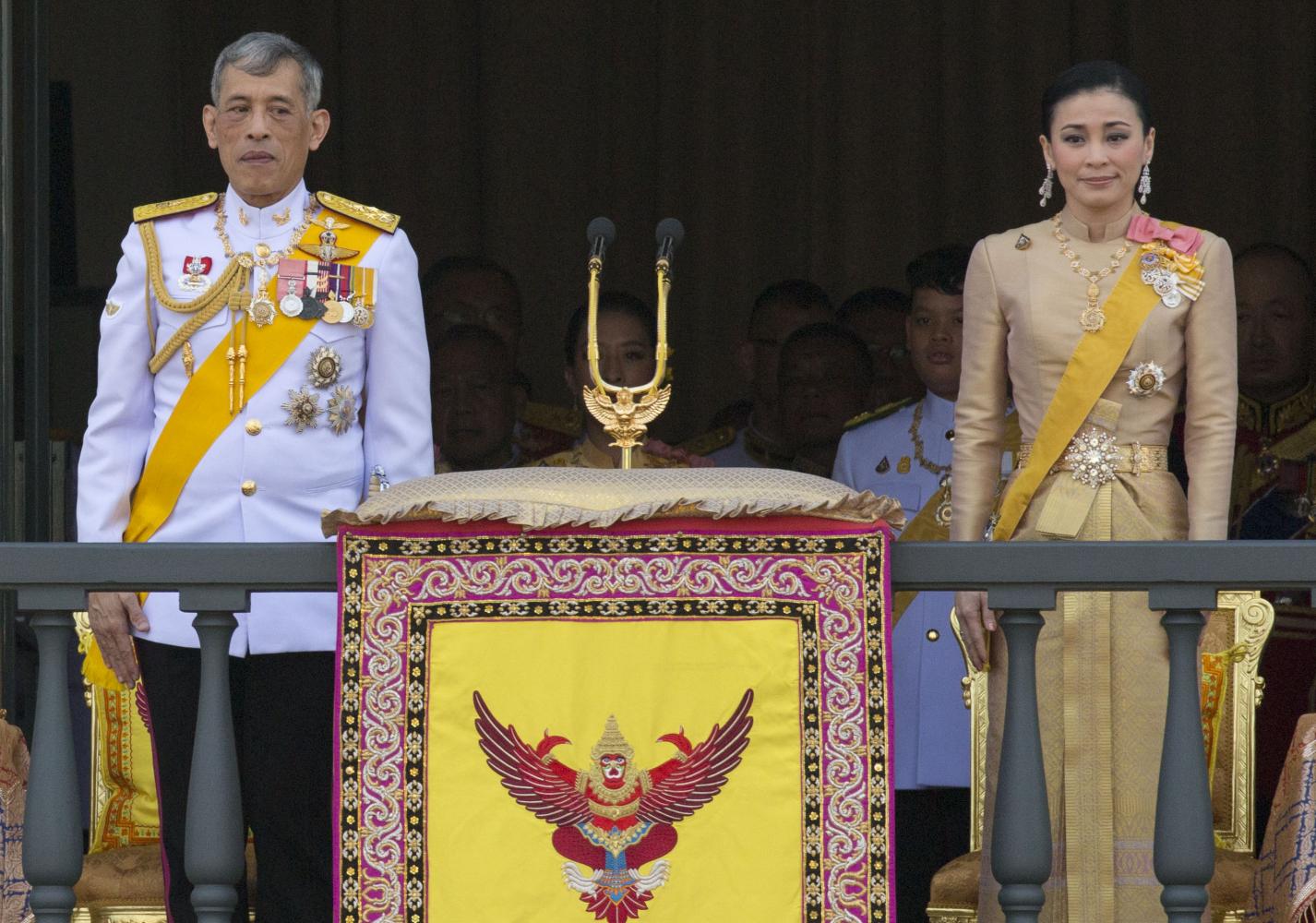All Thai citizens, both in the Kingdom and far-off lands, last month saw the stunning images of Her Majesty Queen Suthida Bajrasudhabimalalakshana donning Thai traditional outfits during the royal coronation ceremony of His Majesty King Maha Vajiralongkorn Phra Vajiraklaochaoyuhua.
The northern province of Lamphun has long been known for its high-quality silk and reportedly made the outfits worn by Her Majesty the Queen at the ceremony.
Hand-woven silk brocade, or pha mai yok dok, is regarded as a cultural heritage in Lamphun, where the weaving technique has been passed on for generations among local people. Lamphun silk brocade is distinctive for intricate and elegant designs and patterns. Various details of the pattern are raised slightly above the surface of the silk fabric.
Before fine craftsmanship of cotton and silk expanded to Lamphun, it was first popularised in Chiang Mai after Chao Dararasmi brought the weaving knowledge from the royal court in Bangkok. Chao Dararasmi trained craftsmen at the royal residence in Chiang Mai in the yok dok technique, and made yok dok silk fabric for family members in the capital city as well as for her own use.
Later, she passed the knowledge on to her royal relatives in Lamphun and then to the local people. Since 1932, Lamphun silk has become well known not just among the royal household but across the country.
The districts of Li and Thung Hua Chang in Lamphun are two locations where yok dok silk is largely made. Patterns of the silk usually take inspiration from natural elements such as flowers and leaves as well as other Thai traditional motifs.







